It’s hard to imagine Chicago, the third most-populated city in the United States today, as ever being an open, swampy plain. But the area near the southern tip of Lake Michigan was once rich with wildlife, fish, and fertile soil. Different Native American groups, including the Illinois, Kickapoo, Miami, Ojibwa, Ottawa, Potawatomi, and Shawnee, once lived there. When the first French fur trappers and settlers arrived in presentday Canada and reached the western Great Lakes in the 1600s, they established a fur trade with the native communities there.

In 1673, Jacques Marquette, a French missionary, and Louis Joliet, a French fur trader, led a small expedition to learn more about the Mississippi River. They became the first Frenchmen to explore the interior of the continent. From the northeastern shore of Lake Michigan, they made it as far as present-day St. Louis, Missouri, before turning around.
On the journey back to Quebec, Canada, Marquette and Joliet followed a shorter route suggested by a native chief. It took them past the site of present-day Chicago. The native people called it Eschikagou or Shikaakwa, for the wild, smelly onions that grew there. To the French, it became Chigagou. Joliet noted how ideal the place was for agriculture. He also realized that the site provided access to the entire interior of the continent.
The profitable fur trade with the French around the Great Lakes had drawn the attention of the Iroquois Indians living in upstate New York. They began to move westward to seize control of it. From the mid-1640s to the late 1690s in what became known as the Beaver Wars, the raiding Iroquois wiped out or displaced entire native communities. As survivors moved westward to avoid the Iroquois, their resettlement created upheaval for the native groups already living there. The clashes among different Native Americans for control and survival, and the growing presence of European nations, sparked violent conflicts in North America. The land around present-day Chicago became one of the prizes for the victor to claim.
This story is from the January 2017 edition of Cobblestone American History Magazine for Kids.
Start your 7-day Magzter GOLD free trial to access thousands of curated premium stories, and 8,500+ magazines and newspapers.
Already a subscriber ? Sign In
This story is from the January 2017 edition of Cobblestone American History Magazine for Kids.
Start your 7-day Magzter GOLD free trial to access thousands of curated premium stories, and 8,500+ magazines and newspapers.
Already a subscriber? Sign In
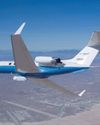
Eye in the Sky
An interview with Joe Piotrowski
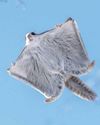
Airborne Animals
Humans have taken to the skies in balloons, gliders, and airplanes-but we're not alone among the clouds. Animals of all sorts have evolved to harness wind power.
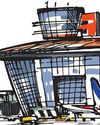
TAKING OFF
The Wright brothers expected airplanes to “take off,” but even they might be amazed at the way the airline industry has become big business. In the past, it was expensive to send something by plane.

GROWTH OF AN INDUSTRY
After their historic flight at Kitty Hawk in 1903, Wilbur and Orville Wright returned to Dayton, Ohio. They spent the next few years making adjustments and building additional versions of their powered aircraft in their bicycle shop.
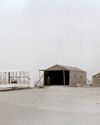
WHY KITTY HAWK?
The Wright brothers searched carefully for the best place to test their gliders and flying machines. Their main concern was for good, steady winds. But they also hoped to find a remote location to allow them to perform tests away from the public eye.
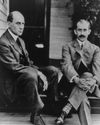
Two Brothers From Ohio
Most people do not realize that the Wright brothers—Wilbur, born in 1867, and Orville, born in 1871—performed various scientific experiments before inventing their aircraft. For as long as anyone in their hometown of Dayton, Ohio, could remember, the Wright boys had worked on mechanical projects.
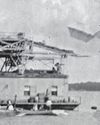
A Helping Hand
May 6, 1896. A group of people who had gathered beside the Potomac River, just south of the U.S. capital, grew quiet. Then, it erupted in cheers as a small, unmanned aircraft took to the skies and flew for more than half a mile. The flight came seven years before the Wright brothers’ first manned, powered flight. The inventor of the aircraft was Dr. Samuel Pierpont Langley.
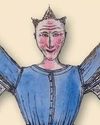
THE IDEA MEN
People dreamed of flying thousands of years before the Wright brothers found success near Kitty Hawk, North Carolina. These dreamers, such as Leonardo da Vinci, studied birds flying and imagined how humans might do the same—if only they had wings. Other men developed a more hands-on approach to the topic. Early inventors made wings of cloth, glue, and feathers and tied these creations to their arms in an attempt to imitate nature.
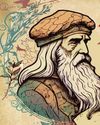
Da Vinci's 4 Designs
Have you ever wondered how a bird flies? Leonardo da Vinci (1452–1519) did. He thought that understanding how a bird flies would provide the key to human flight. So, what did da Vinci learn from birds?
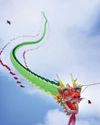
Silken Wings
Seven hundred years before the Wright brothers began experimenting with human flight, the Chinese had already mastered its secrets—with kites.